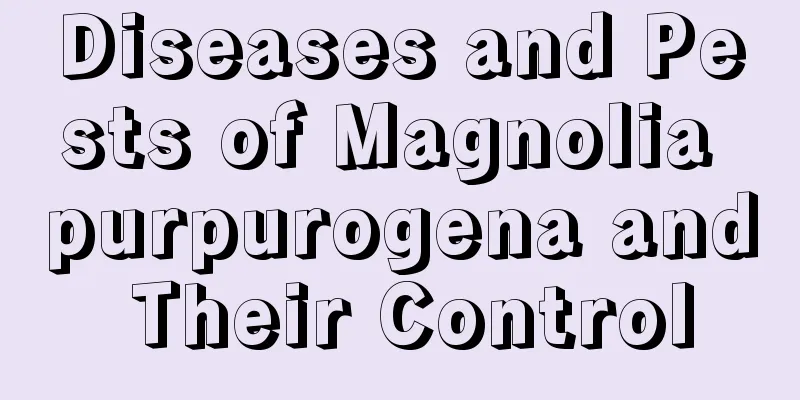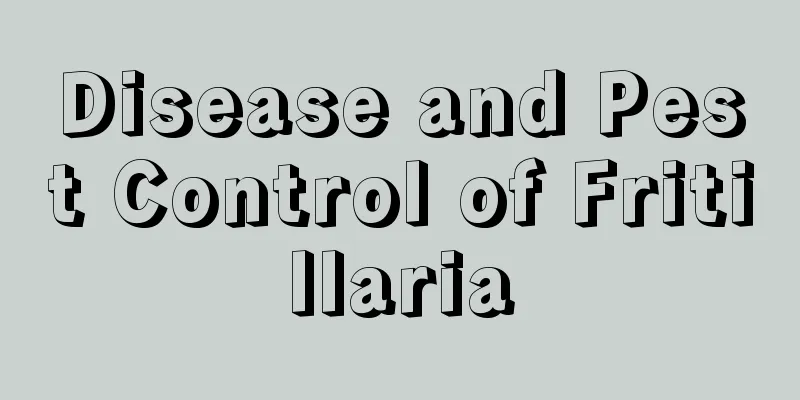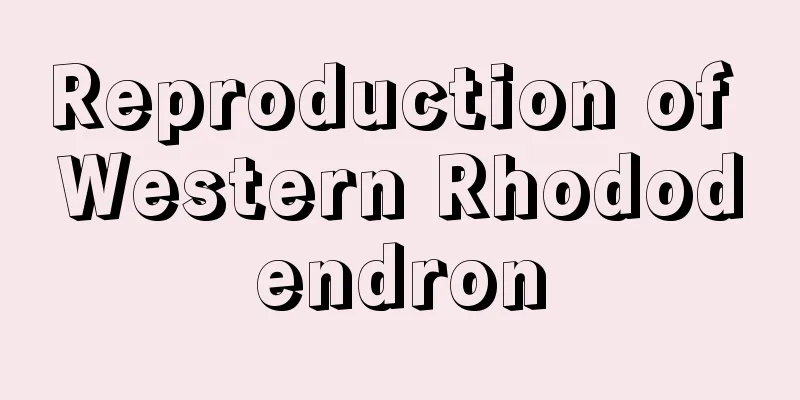Diseases and Pests of Magnolia purpurogena and Their Control

Diseases and prevention of purple magnoliaThe main diseases that harm purple magnolia include anthracnose, chlorosis and leaf burn. anthraxAnthracnose mainly harms the leaves of purple magnolia. It mainly manifests itself in the formation of irregular spots starting from the leaf tips, or the formation of nearly circular spots on the leaf surface. In the early stages of anthracnose, small black particles appear on the surface of the leaves of purple magnolia. The lesions are water-soaked, brown in color, with dark brown raised lines on the edges, and are very different from healthy areas. Anthracnose pathogens invade leaf tissue in the spring and cause disease. The peak period of anthrax incidence is during the high temperature period in summer. The main cause of the disease is inadequate water and fertilizer management of the plants and a poorly ventilated growing environment. The prevention and control method of anthracnose is mainly to strengthen the water and fertilizer management of purple magnolia and improve its disease resistance; in late autumn, remove the fallen leaves and burn them in a concentrated manner. When anthrax breaks out, 500 times diluted 70% anthrax thiram can be used for spraying. Or use 800 times diluted 75% thiophanate-methyl wettable granules to spray the purple magnolia. Or once every 10 days, spray 3 to 4 times continuously to effectively control the disease. Yellowing diseaseChlorosis is also one of the diseases that affects the growth of purple magnolia. The first symptom of chlorosis is the gradual decrease of chlorophyll in the purple magnolia. As the disease spreads, the entire leaf turns yellow and then gradually turns white. The plant growth gradually declines and eventually dies. Chlorosis is a physiological disease. The main causes of chlorosis are excessive soil stickiness, excessive pH value, and insufficient iron supply. To prevent and control chlorosis, you can use 0.2% ferrous sulfate solution to irrigate the roots of purple magnolia, or you can use 0.1% ferrous sulfate solution to spray the leaves, and you should apply more farmyard manure. Pests and Control of Purple MagnoliaThe main pests of purple magnolia are the big bagworm, frost moth, red spider, longhorn beetle, etc. There are also underground pests such as white grubs. When insect pests occur, you can use 800 times diluted 80% DDT emulsifiable concentrate to control the giant bag moth. Alternatively, you can use 800 times diluted 50% cypermethrin emulsifiable concentrate to control the large bagworm pests. To kill red spider mites, you can use 2000 times diluted 5% Nisolan. To kill frost moths, you can also use 800 times diluted 50% cypermethrin emulsifiable concentrate. Use 500 times diluted Green Wei Lei to kill longhorn beetles. If you want to kill the grubs, you can use 1000 times diluted 50% zinc sulfur phosphorus emulsion to irrigate the roots. |
<<: Common Pests of Red Flowering Tree and Their Control
>>: Common insect pests of catalpa and their control
Recommend
What is the best month to plant cherry tree seedlings?
When to plant cherry tree seedlings Cherry blosso...
How to make the spider plant bloom and grow vines quickly
1. Suitable potting soil If you want to encourage...
Causes and treatments for yellow leaves of grape hyacinth
1. Improper watering 1. Reason: Long-term excessi...
Pest and disease control of silver thorn
1. Fusarium wilt The easiest and most serious dis...
Is Anthurium poisonous?
Is it poisonous? Anthurium is a plant of the genu...
Eight flowers that bloom throughout the winter
1. Camellia potted plants People who are familiar...
Why is Ginkgo biloba and Metasequoia called living fossils?
1. What is a living fossil? Living fossils are or...
How and when to plant cherry radish?
Cherry radish planting time Cherry radish can be ...
How to cultivate hyacinth in soil
Why soil culture Different ornamental values: app...
How much spacing should peony flowers be planted?
1. Judging by the plants 1. One or two year old s...
Diseases and Pests of Hibiscus and Their Control
Hibiscus disease control powdery mildew Powdery m...
Should the black stem of the peace tree be cut off?
1. Side branches can be pruned If the side branch...
How to propagate the fortune tree
Cutting propagation method and precautions of for...
Can lantern fruit be planted in pots?
Can lantern fruit be potted? Lantern fruit can be...
What is the best month to plant Trichosanthes kirilowii?
When to plant Trichosanthes kirilowii Trichosanth...









